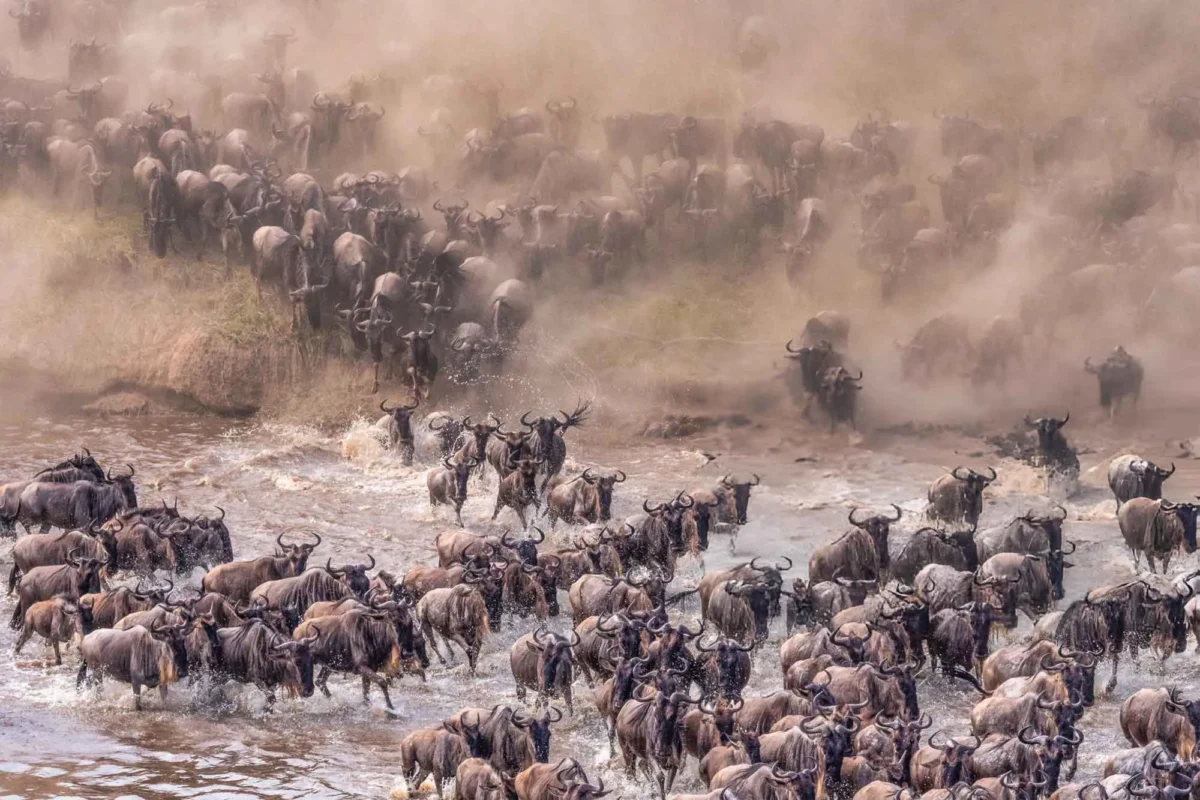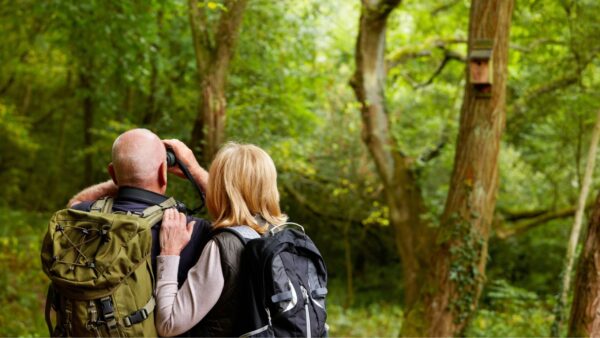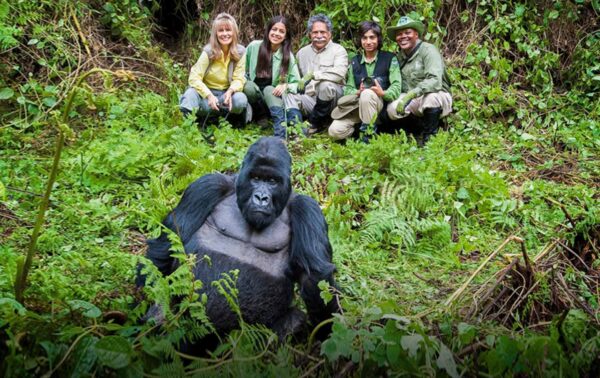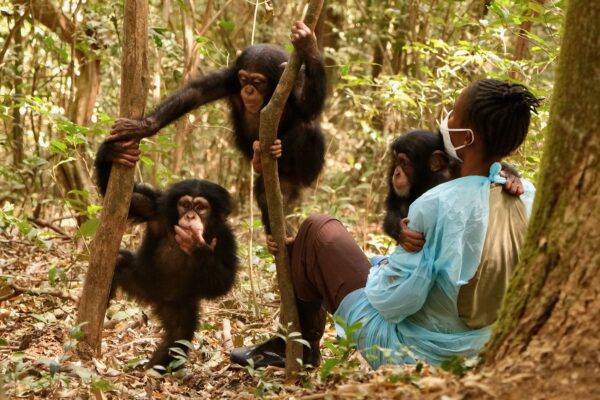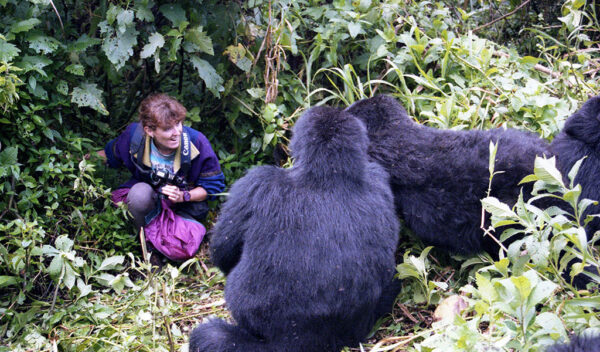How Many Chimps Are in Kibale National Park?
November 24, 2025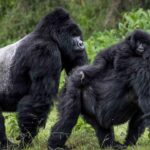
How Long Does a Typical Gorilla Trekking Experience Last
November 24, 2025How Long Does the Great Migration Last Each Year?
How long does the Great Migration last each year, and what makes it one of the most spectacular wildlife events in the world? The Great Migration, often described as nature’s ultimate safari experience, is a continuous, year-round movement of millions of wildebeest, zebras, and other herbivores across the plains of East Africa. Spanning Kenya and Tanzania, this extraordinary phenomenon attracts wildlife enthusiasts, photographers, and adventure travelers from across the globe. The migration is a living spectacle that demonstrates the raw beauty and rhythm of the African wilderness, offering unparalleled Kenya Safaris and Tanzania Safaris experiences.
Renai Safaris provides expert-guided itineraries to ensure that travelers witness this awe-inspiring event at the optimal time of year. While the migration is a continuous cycle, specific phases occur seasonally, including calving in Tanzania’s Serengeti, river crossings along the Mara River in Kenya, and grazing in the Masai Mara and Serengeti plains. Understanding how long the Great Migration lasts each year allows travelers to plan Kenya Wildlife Safaris, Tanzania Wildlife Safaris, and even combine Rwanda Gorilla Trekking Safaris or Uganda Gorilla Trekking for a multi-country East African adventure.
In addition to wildlife observation, the Great Migration offers opportunities to experience local culture, birding, and eco-tourism initiatives that support conservation. Communities surrounding the Masai Mara and Serengeti play a vital role in sustaining the migration routes, and cultural safaris complement the wildlife experience, providing travelers with both ecological insight and authentic human interaction. This article explores the timing, duration, key locations, and cultural experiences of the Great Migration, while highlighting the possibility of combining it with Uganda Gorilla Trekking for a complete East African safari adventure.
Understanding the Great Migration: When Does It Occur Each Year?
How long does the Great Migration last each year, and what are its seasonal patterns? The Great Migration is a year-round phenomenon, involving over two million wildebeest, zebras, and other herbivores that move cyclically between Tanzania’s Serengeti National Park and Kenya’s Masai Mara National Reserve. The migration is dictated by rainfall patterns, vegetation growth, and water availability, resulting in seasonal movements that provide diverse safari experiences throughout the year.
From December to March, the herds gather in the southern Serengeti and Ndutu regions of Tanzania for calving season, where thousands of calves are born over a few weeks. This period is particularly attractive for Tanzania Safaris and Tanzania Chimpanzee Tracking Safaris, as visitors can observe predator-prey dynamics, including lions, cheetahs, and hyenas, while witnessing the miracle of life on the savannah. From April to June, the herds begin moving northwest through the Serengeti, gradually approaching the Mara River, where one of the migration’s most thrilling spectacles occurs: the river crossings.
Renai Safaris highlights that understanding the timing and duration of the migration is crucial for travelers planning Kenya Safaris or Tanzania Safaris. By aligning travel plans with seasonal patterns, visitors maximize their chances of witnessing key events, from calving and predator interactions to iconic river crossings. Moreover, combining the Great Migration with Uganda Gorilla Trekking or Rwanda Gorilla Trekking Safaris provides a diverse itinerary, offering both savannah and forest-based wildlife experiences.
The Masai Mara Phase: How Long Do the Herds Stay in Kenya?
How long does the Great Migration last each year in Kenya, particularly in the Masai Mara? The Masai Mara, located in southwestern Kenya, is the northernmost extension of the Serengeti ecosystem and serves as the migration’s seasonal home from July to October. During this period, herds arrive in search of fresh grazing pastures and water, creating opportunities for Kenya Wildlife Safaris and Kenya Best Safaris experiences. The Masai Mara is renowned for its vast open plains, scenic landscapes, and high density of predators, making it one of the best locations for witnessing river crossings and dramatic wildlife interactions.
River crossings at the Mara River are among the most dangerous and iconic stages of the migration. Wildebeest and zebras face crocodile-infested waters and strong currents, providing thrilling photo opportunities and an unforgettable safari spectacle. Renai Safaris ensures that travelers witness these events safely, guided by experienced rangers who offer insights into the herds’ behavior, predator strategies, and ecological importance.
Cultural experiences in the Masai Mara region enrich v further. Visitors can interact with Maasai communities, learn about traditional lifestyles, participate in beadwork workshops, and experience customary dances. Combining the Masai Mara phase of the Great Migration with Uganda Gorilla Trekking or Rwanda Gorilla Trekking Safaris provides travelers with contrasting environments: from open savannahs teeming with large herds and predators to dense tropical forests inhabited by endangered primates. This integration maximizes wildlife diversity and creates an immersive, multi-country safari experience.
The Serengeti Phase: How Long Does Migration Occur in Tanzania?
How long does the Great Migration last each year in Tanzania, particularly in the Serengeti ecosystem? The Serengeti hosts herds at different times depending on rainfall and grazing availability. From November to March, the southern Serengeti and Ndutu plains witness the calving season, while from April to June, the herds move northward in search of water and fresh grass, traveling through central Serengeti areas. This period is ideal for Tanzania Wildlife Safaris, Tanzania Chimpanzee Tracking Safaris, and birding excursions, as the ecosystem is alive with diverse species and dynamic interactions.
The Serengeti offers a variety of safari experiences beyond the migration, including predator tracking, photographic safaris, and walking safaris guided by expert rangers. Renai Safaris ensures that itineraries are tailored to visitors’ interests, combining Great Migration viewing with cultural engagements in Tanzanian communities surrounding the park. Travelers can participate in village visits, learn about traditional Maasai and Sukuma cultures, and observe sustainable land management practices that protect wildlife corridors.
For those seeking multi-country adventures, the Serengeti phase can be combined with Uganda Gorilla Trekking or Rwanda Gorilla Trekking Safaris, creating a contrast between Tanzania’s open plains and East Africa’s dense tropical forests. Renai Safaris highlights that integrating migration safaris with primate trekking not only diversifies wildlife encounters but also enhances travelers’ understanding of conservation, biodiversity, and East African ecosystems.
Wildlife Diversity During the Great Migration: Beyond Wildebeest and Zebras
Can I see more than wildebeest and zebras during the Great Migration? Yes. The Great Migration encompasses a rich tapestry of wildlife interactions that make Kenya Wildlife Safaris and Tanzania Wildlife Safaris extraordinary. Predators such as lions, cheetahs, leopards, and hyenas follow the herds, creating dramatic hunting scenes. Elephants, giraffes, buffaloes, and numerous antelope species coexist alongside the migrating herds, enriching the safari experience.
Birdwatching is another highlight, with over 500 species recorded across the Masai Mara and Serengeti ecosystems, making it an ideal opportunity for Kenya Birding Safaris and Tanzania Birding Safaris. Raptors, storks, and weaver birds accompany the migration, providing additional photographic and observational opportunities. Renai Safaris ensures that travelers receive expert guidance on spotting and identifying wildlife, maximizing the safari experience for both enthusiasts and first-time visitors.
Combining the Great Migration with Uganda Gorilla Trekking Safaris or Rwanda Gorilla Trekking Safaris allows visitors to witness multiple habitats and species. From savannah plains filled with migrating herds to dense tropical forests harboring endangered gorillas and chimpanzees, travelers gain a holistic understanding of East Africa’s biodiversity. This integration of wildlife experiences exemplifies Renai Safaris’ approach to immersive, educational, and unforgettable safari adventures.
Cultural Experiences: How Do Local Communities Enhance the Safari?
How long does the Great Migration last each year in relation to local cultural activities? While the migration spans several months, cultural experiences can be woven into any safari itinerary. In Kenya, Maasai communities offer insights into traditional pastoral lifestyles, beadwork, and dance performances. Visitors can participate in guided village tours, learn about cattle herding practices, and explore local crafts markets.
In Tanzania, communities near the Serengeti provide cultural interactions that complement wildlife observation. Visitors can engage with Maasai, Sukuma, and other ethnic groups, gaining insight into their relationship with the land and wildlife. These experiences enhance Kenya Safaris and Tanzania Safaris, making them not only wildlife-focused but also culturally enriching.
Renai Safaris emphasizes the potential to combine cultural engagements with Uganda Gorilla Trekking or Rwanda Gorilla Trekking Safaris. This approach allows travelers to experience East African ecosystems and cultural diversity, creating an educational and memorable safari journey. Families, solo travelers, and wildlife enthusiasts benefit from the combined ecological and cultural perspective, deepening appreciation for conservation and heritage.
Planning Multi-Country Safaris: Combining Migration with Gorilla Trekking
Can I combine the Great Migration with Uganda Gorilla Trekking Safaris or Rwanda Gorilla Trekking Safaris? Yes. Multi-country itineraries offer travelers the opportunity to witness the Great Migration in Kenya or Tanzania and then journey to Bwindi Impenetrable Forest or Mgahinga in Uganda, or Volcanoes National Park in Rwanda. This combination provides contrasting ecosystems, from open savannahs to dense montane forests, and a diversity of wildlife encounters, from predators and ungulates to mountain gorillas and chimpanzees.
Renai Safaris customizes itineraries that integrate migration viewing, wildlife drives, gorilla trekking, chimpanzee tracking, birding safaris, and cultural visits. Transfers, accommodations, and activity schedules are carefully planned to optimize time and ensure comfort. By combining these experiences, travelers maximize their exposure to East Africa’s most iconic species and landscapes while engaging meaningfully with conservation initiatives.
Renai Safaris highlights that multi-country itineraries not only enhance wildlife diversity but also offer unique photographic opportunities, educational insights, and immersive cultural experiences. Families and solo travelers alike benefit from structured itineraries that balance adventure, relaxation, and learning.
Conclusion: How Long Does the Great Migration Last Each Year?
In conclusion, how long does the Great Migration last each year? The migration is a continuous, year-round phenomenon, with key phases occurring seasonally across Kenya and Tanzania. From calving in southern Serengeti to river crossings in the Masai Mara, the Great Migration offers unparalleled Kenya Safaris and Tanzania Safaris experiences. By understanding seasonal patterns, travelers can plan trips that maximize wildlife sightings, cultural interactions, and eco-tourism engagement.
Renai Safaris emphasizes that combining the Great Migration with Uganda Gorilla Trekking Safaris or Rwanda Gorilla Trekking Safaris enhances the safari experience. Travelers witness East Africa’s ecological diversity, from savannah plains and rivers to tropical forests, while engaging in educational, immersive, and culturally enriching experiences. Multi-country itineraries provide a holistic safari, blending wildlife observation, primate tracking, birding, and local culture.
For wildlife enthusiasts, photographers, and adventure travelers, understanding how long the Great Migration lasts each year is essential for planning memorable and successful East African safaris. Combining the migration with gorilla trekking ensures diversity, adventure, and conservation awareness, making it a once-in-a-lifetime experience that exemplifies the best of Kenya, Tanzania, Uganda, and Rwanda.

